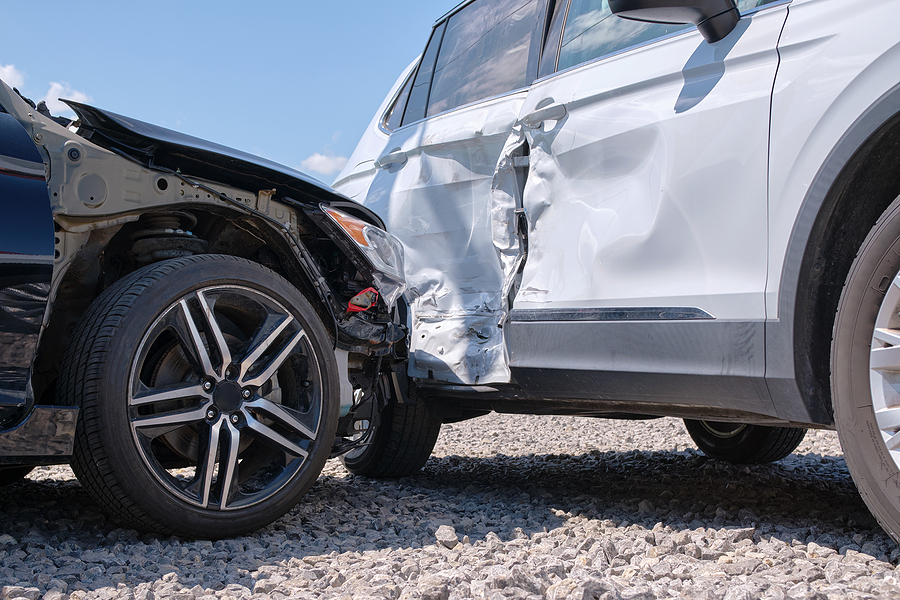How Car Accident Fault Is Evaluated Under Florida’s Comparative Negligence Law

When a car accident occurs in Palm Harbor, determining who is at fault can be complicated. Florida operates under a system known as comparative negligence. This means that more than one party can share responsibility for the accident, and compensation may be adjusted based on each person’s level of fault.
Comparative negligence recognizes that accidents are rarely caused by a single factor. Drivers, pedestrians, and other parties may all contribute to the circumstances that lead to a crash. Understanding how fault is evaluated under this system is crucial for anyone pursuing a personal injury claim.
How Comparative Negligence Works
Florida follows a pure comparative negligence system. This allows an injured person to recover damages even if they are partially at fault for the accident. However, the compensation is reduced according to the percentage of fault assigned to them.
For example, if a driver is determined to be 25% responsible for a crash and the other driver is 75% at fault, the injured driver can still recover 75% of the total damages. This system ensures fairness by recognizing that multiple parties may contribute to an accident.
Factors Used to Determine Fault
Evaluating fault in a car accident involves analyzing several key factors. These include:
- Traffic law violations: Speeding, running red lights, failing to yield, and distracted driving are strong indicators of negligence.
- Driver behavior: Aggressive driving, impaired driving, and inattention can affect the allocation of fault.
- Road conditions: Wet surfaces, potholes, or construction zones can contribute to accidents, though they may not absolve drivers of responsibility.
- Vehicle condition: Malfunctioning brakes, worn tires, or other mechanical issues can play a role in the cause of a crash.
- Actions of other parties: Pedestrians, bicyclists, or other drivers may share responsibility if their behavior contributed to the incident.
Investigators, insurance adjusters, and attorneys carefully review these factors to determine each party’s level of fault.
Gathering Evidence to Support Your Case
To accurately assess fault, gathering evidence is essential. Important steps include:
- Photographs: Capture damage to vehicles, skid marks, road signs, and the accident scene.
- Witness statements: Collect contact information and accounts from people who saw the accident.
- Police reports: Law enforcement documentation provides an official account of the crash.
- Medical records: Injury documentation can demonstrate the impact of the accident and support claims for compensation.
- Expert analysis: Accident reconstruction experts can provide insights into how the collision occurred and who bears responsibility.
Thorough evidence collection strengthens your claim and ensures an accurate determination of fault.
Insurance Companies and Fault Evaluation
Insurance adjusters play a central role in evaluating fault under Florida’s comparative negligence system. They review claims, examine evidence, and may assign percentages of responsibility. However, insurers often seek to minimize payouts, so their assessment of fault may differ from your perspective.
Having legal representation can help challenge inaccurate fault assignments and negotiate a fair settlement. Attorneys advocate for their clients, ensuring that insurance companies consider all relevant factors and evidence.
Impact of Comparative Negligence on Compensation
Once fault is determined, the injured party’s compensation is adjusted accordingly. Damages can include:
- Medical expenses
- Lost wages and loss of earning capacity
- Property damage
- Pain and suffering
- Emotional distress
Even a partially at-fault driver can recover damages, but the amount will decrease proportionally to their assigned share of responsibility. This makes it critical to accurately document your actions and demonstrate that you took reasonable care while on the road.
Common Challenges in Comparative Negligence Cases
Cases involving shared fault can be more complicated than straightforward accidents. Challenges often include:
- Disputes over the percentage of fault
- Conflicting witness statements or inconsistent evidence
- Delays in insurance settlements due to liability disagreements
- Difficulty proving damages, especially for pain and suffering
Working with a personal injury attorney helps navigate these challenges. Attorneys can investigate the accident thoroughly, gather evidence, consult experts, and advocate for maximum recovery.
Steps to Protect Your Rights After an Accident
If you are involved in a car accident in Palm Harbor, there are several steps you should take to protect your rights under comparative negligence:
- Seek medical attention immediately for any injuries.
- Report the accident to law enforcement and obtain a copy of the police report.
- Document the scene with photos and notes, including positions of vehicles and road conditions.
- Collect witness information to support your version of events.
- Notify your insurance company but avoid admitting fault or signing statements without consulting an attorney.
- Consult a personal injury lawyer to understand your legal options and ensure fair treatment throughout the claims process.
These actions help establish a clear record and protect your ability to recover compensation.
Conclusion
Comparative negligence in Florida allows injured drivers to receive compensation even when they share some responsibility for an accident. Understanding how fault is evaluated, gathering evidence, and seeking legal guidance are essential steps for protecting your rights. Fault is determined based on driver behavior, traffic violations, road conditions, and other contributing factors. By being proactive and informed, injured parties in Palm Harbor can navigate the complexities of shared liability, maximize their compensation, and focus on recovery while ensuring all responsible parties are held accountable.
